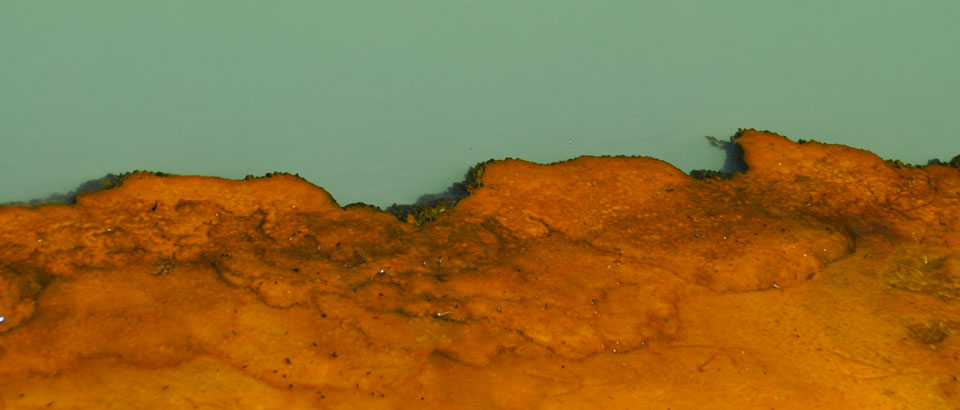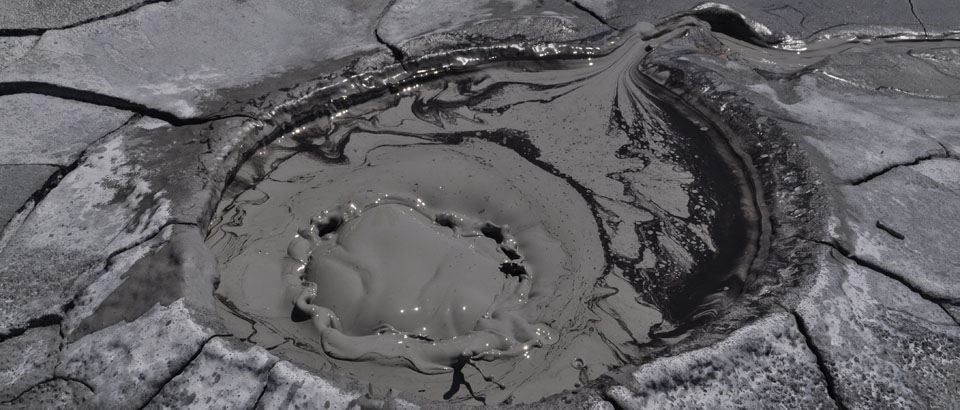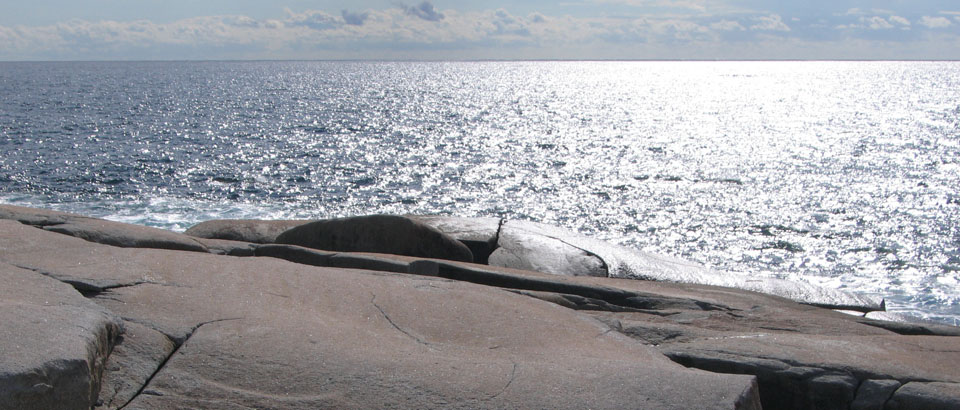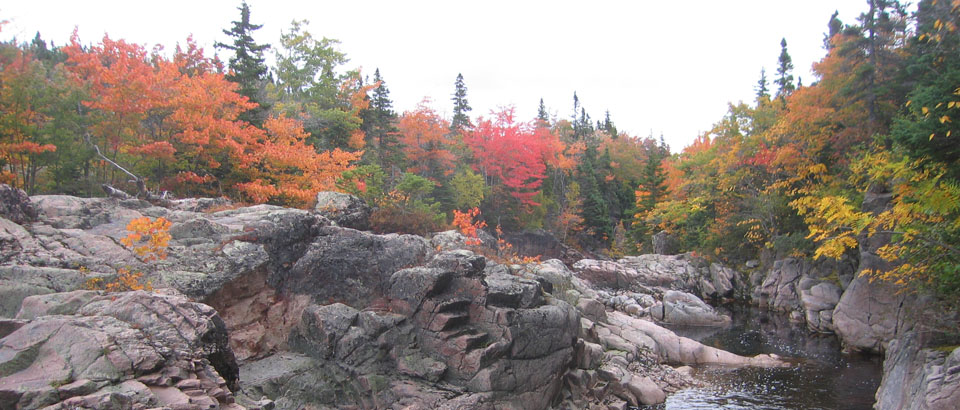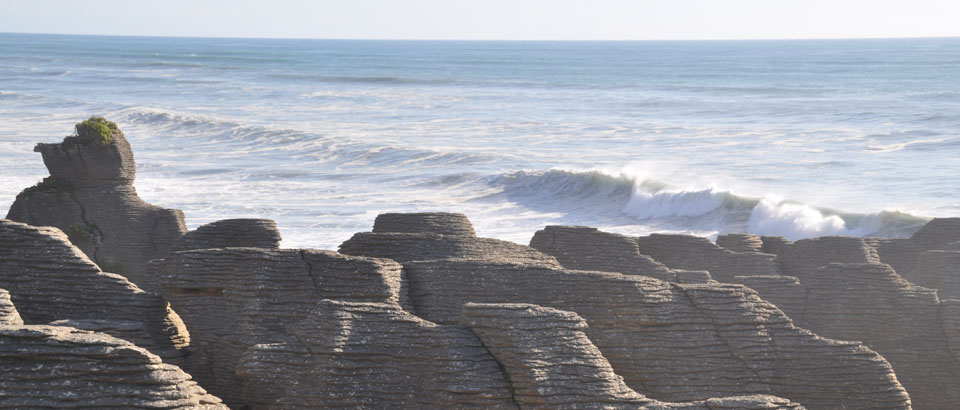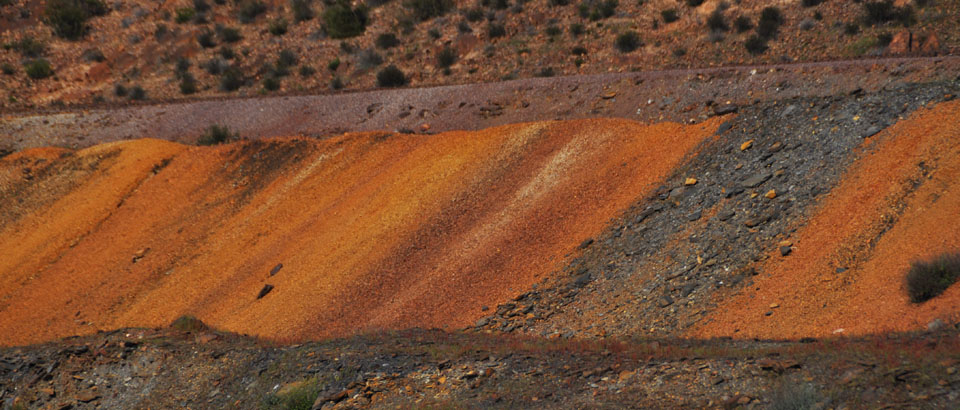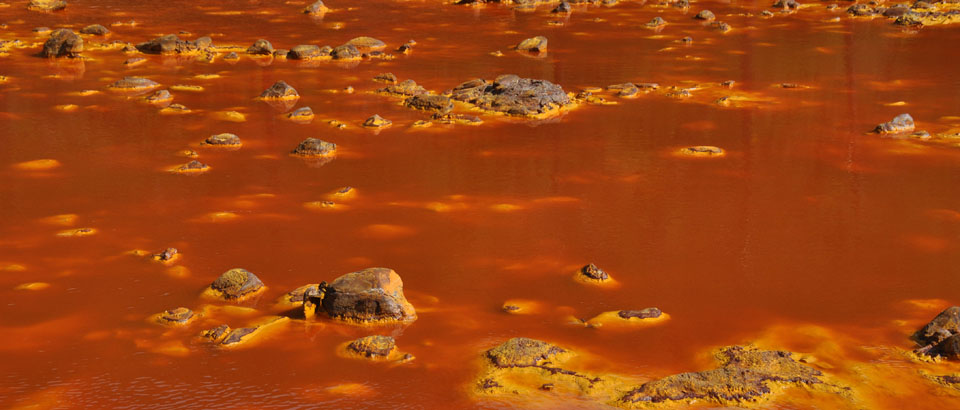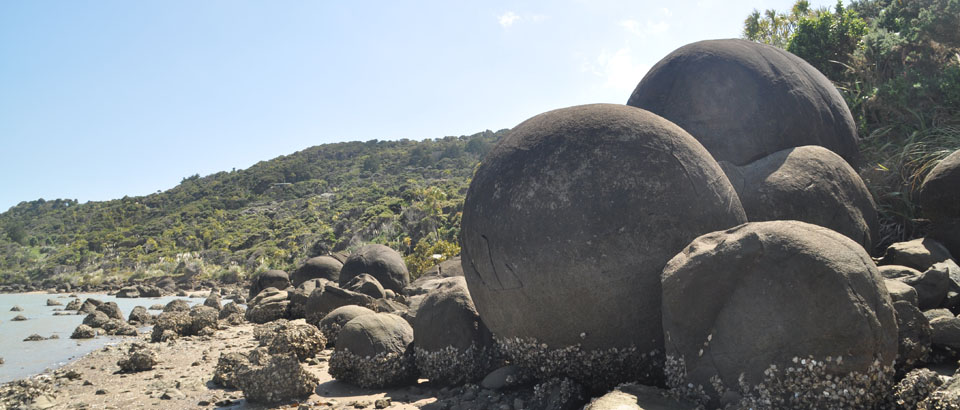Tectonic evolution of NW Iberia during the Paleozoic inferred from the geochemical record of detrital rocks in the Cantabrian Zone. Daniel Pastor-Galán, Gabriel Gutiérrez-Alonso, Javier Fernández-Suárez, J. Brendan Murphy, Fernando Nieto, 2013, Lithos 182-183, 211-228. DOWNLOAD-DESCARGAR

ABSTRACT-RESUMEN
The Cantabrian Zone of NW Iberia preserves a voluminous, almost continuous, sedimentary sequence that ranges in age from Ediacaran to Early Permian. Its tectonic setting is controversial and recent hypotheses include (i) passive margin deposition along the northern margin of Gondwana, (ii) an active continental margin, or (iii) the margin of a drifting ribbon continent and (iv) a combination of the three aforementioned possibilities. In this paper we present geochemical data from 21 samples taken in detrital rocks in the Cantabrian Zone from Ediacaran to Early Permian age. The results, together with previously published detrital zircon ages from these strata, allow a comprehensive analysis of changing tectonic scenarios and provenance through time. Collectively, these data indicate that this portion of Iberia was an active margin during the Ediacaran that evolved to become part of the passive margin of Gondwana at least from Ordovician to Late Devonian times. Changes in geochemistry, zircon age distribution and Sm/Nd isotopes during the Carboniferous are attributed to the far-field effects of the onset of the collision between Gondwana and Laurussia, and related processes such as recycling of older sedimentary sequences, as well as the involvement of the rocks formed during the Variscan orogeny and oroclinal buckling. Latest Carboniferous and Permian show a more juvenile Sm/Nd and higher values of illite cristallinity that may support the hypothesis of lithospheric foundering after oroclinal buckling.



